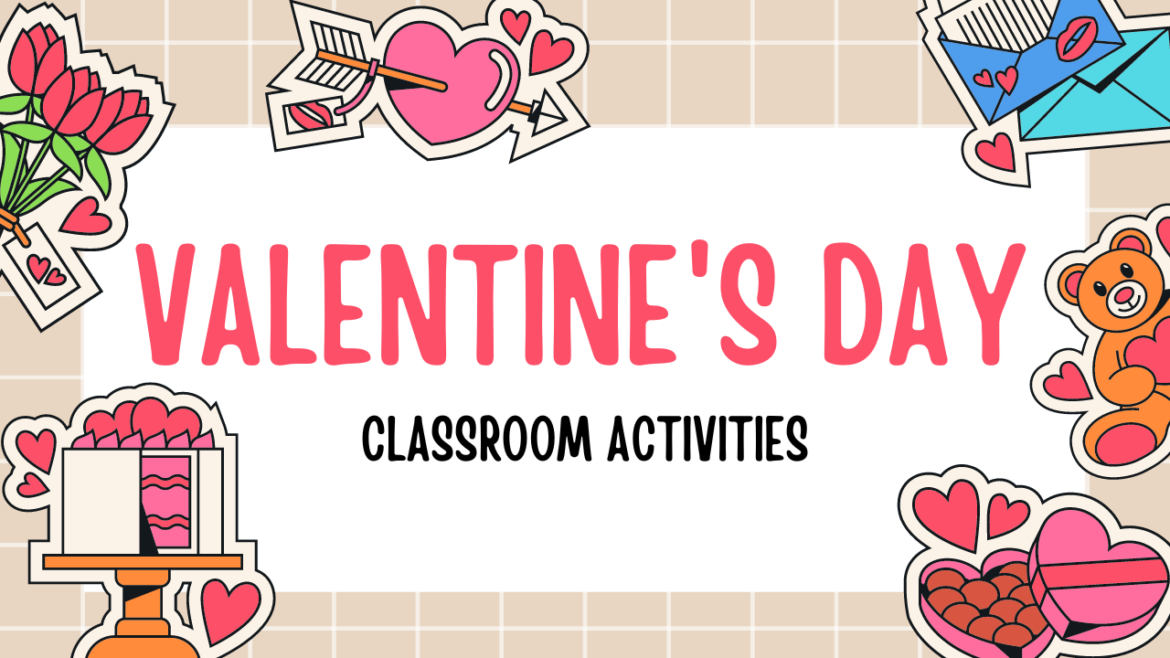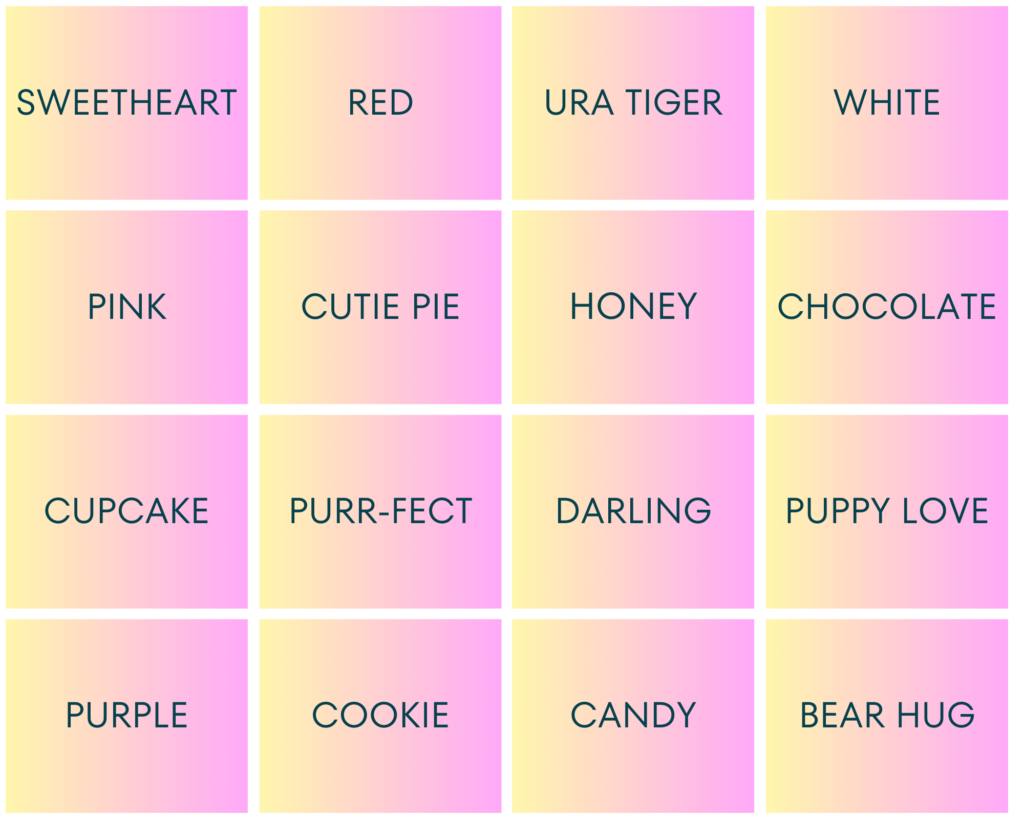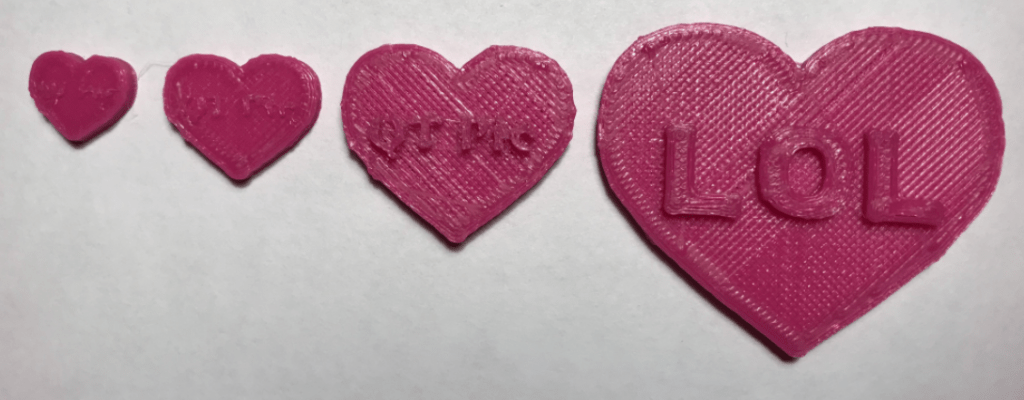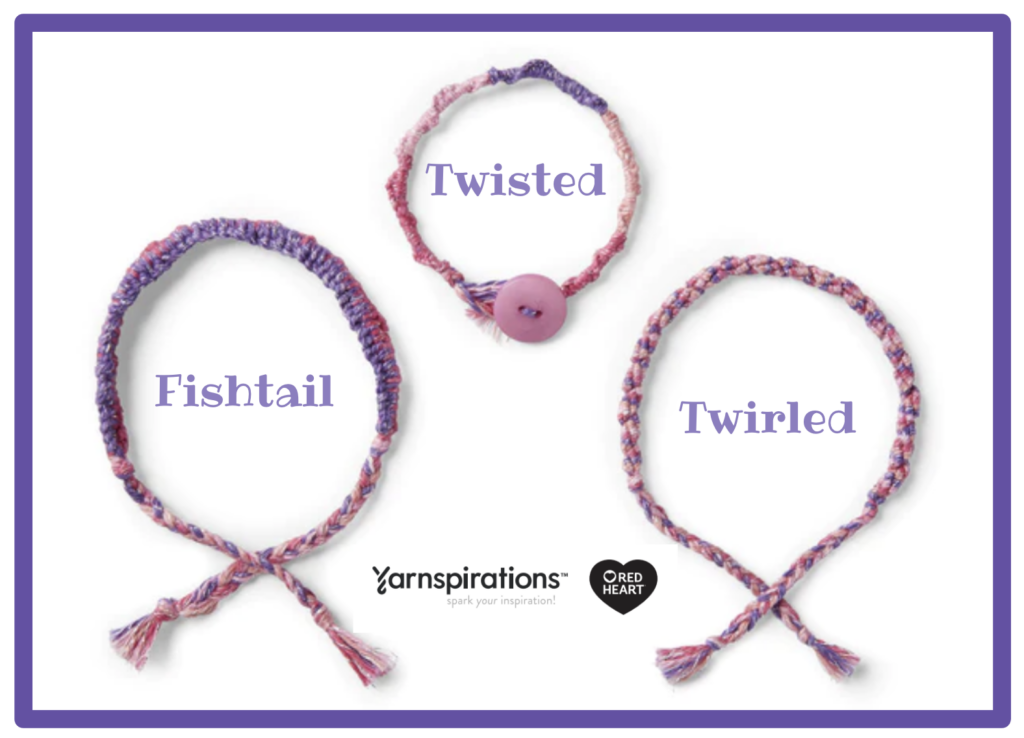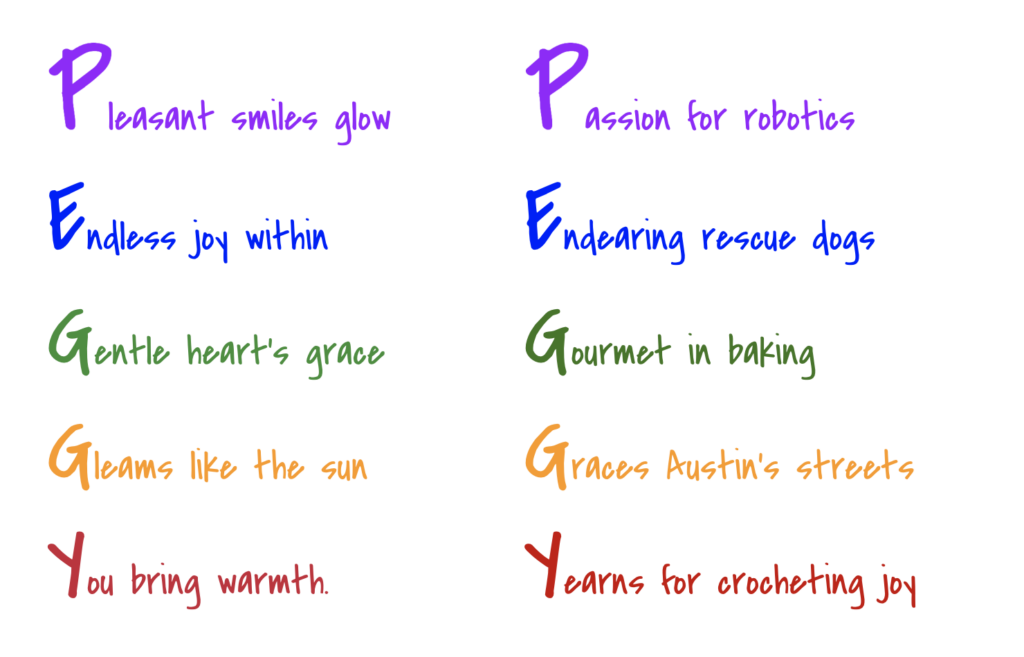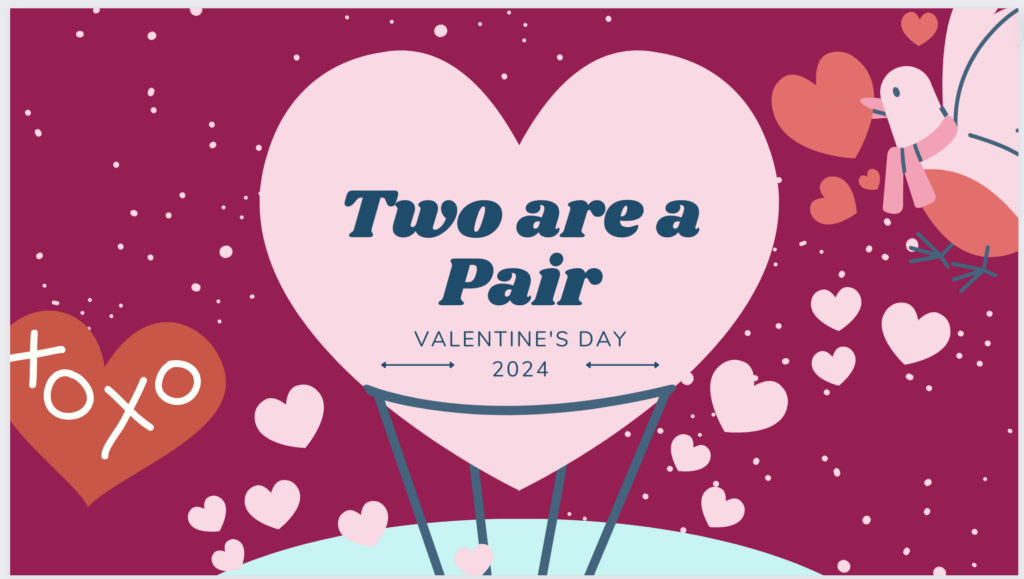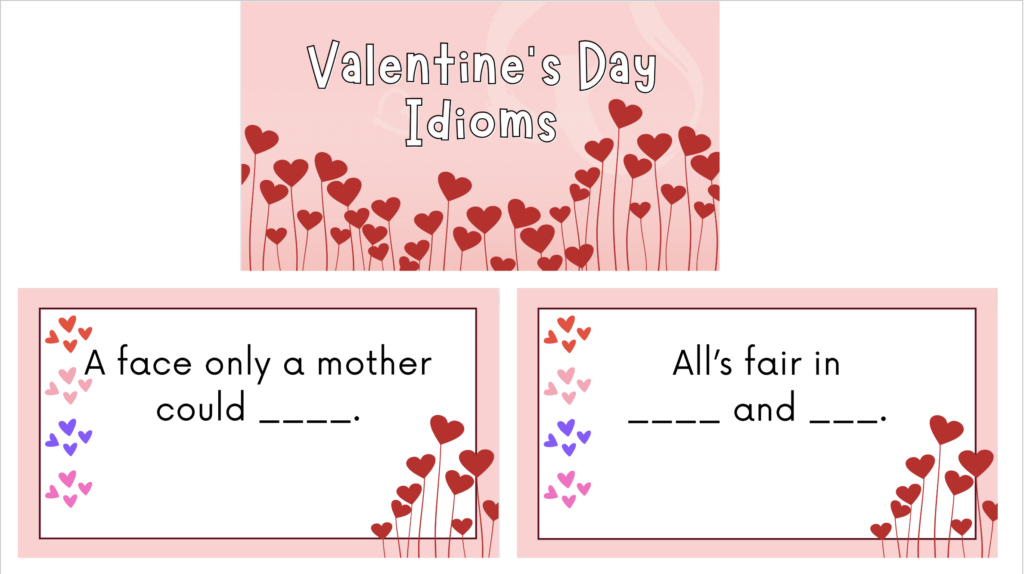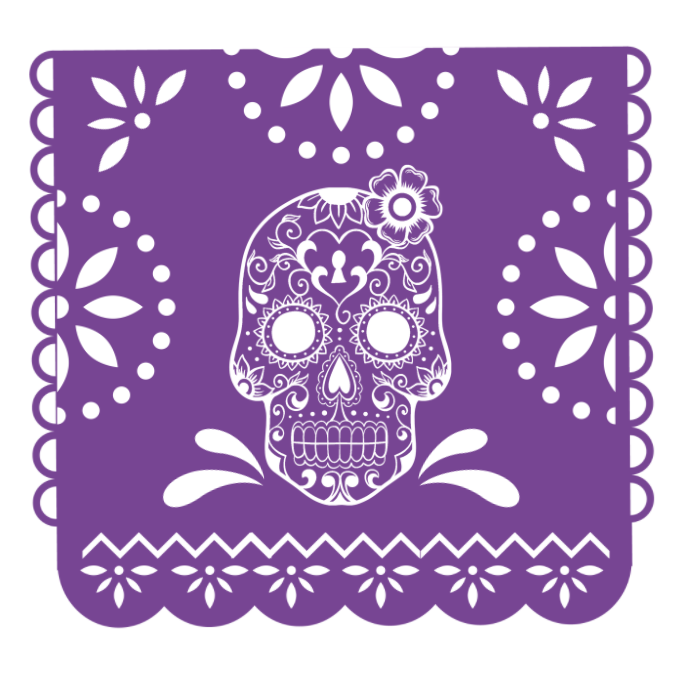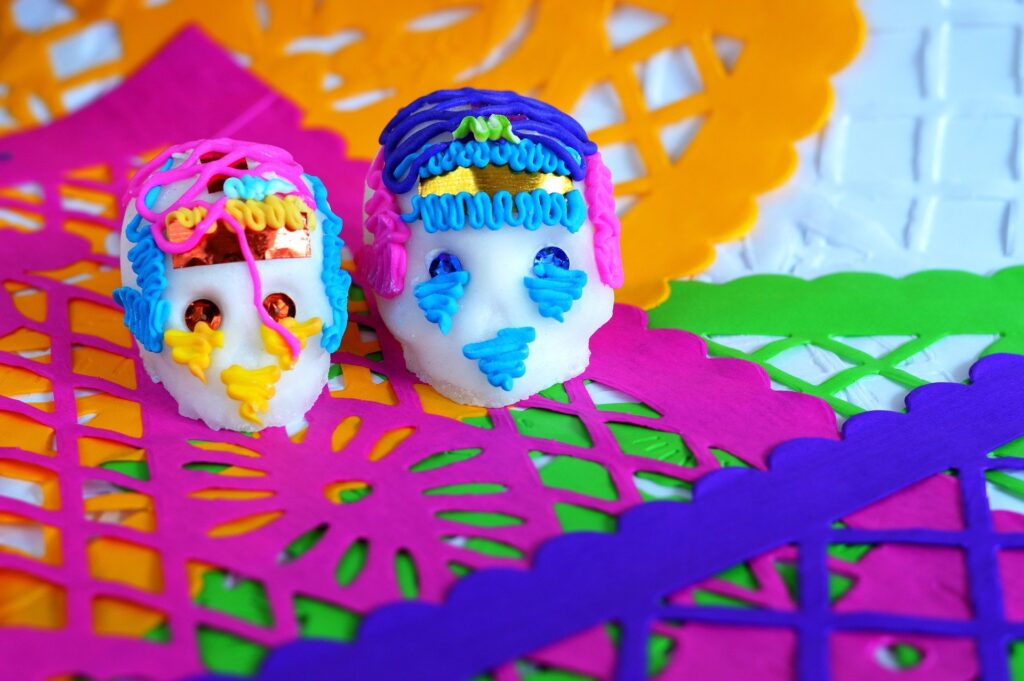I just stumbled up on this gem of a free resource! Elementary educators, if you are looking for a fun and engaging way to integrate STEM concepts into your curriculum, then look no further than Doodle3D Transform, a free and open-source web application that makes 3D design accessible for students of all ages.
What is Doodle3D Transform?
Developed by a passionate team in 2015-2017 with the backing of over 1,600 Kickstarter supporters, Doodle3D Transform allows students to create 3D objects from simple 2D sketches. This opens a world of possibilities for STEM exploration, igniting creativity and critical thinking in young minds.
How does Doodle3D Transform work?
The beauty of Doodle3D Transform is that it doesn’t require a 3D printer! Students can design and explore 3D concepts directly within the web app, making it a perfect tool for introducing 3D design and fostering spatial reasoning skills. The best part? Doodle3D Transform is completely free and operates under an MIT License, meaning it can be used in any educational setting, fostering innovation and exploration within your classroom!
Doodle3D Transform Tools
To help get you started, the software has two main sides which function together but perform separately. On the left side is where you do the creating. The right side turns your creations into 3D objects. To help you understand this tool, here are the three main sets of tools labeled to get you up and exploring.
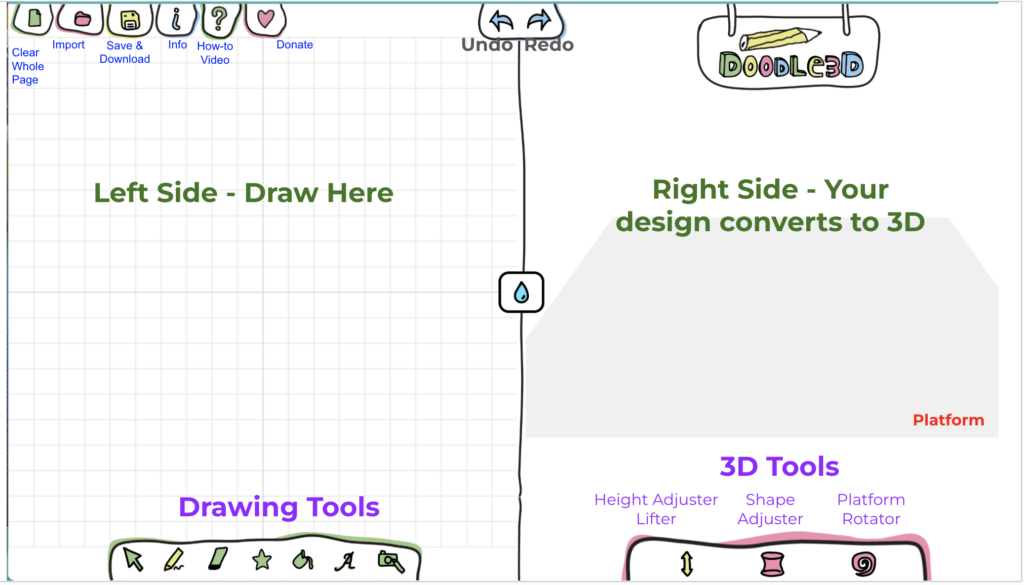

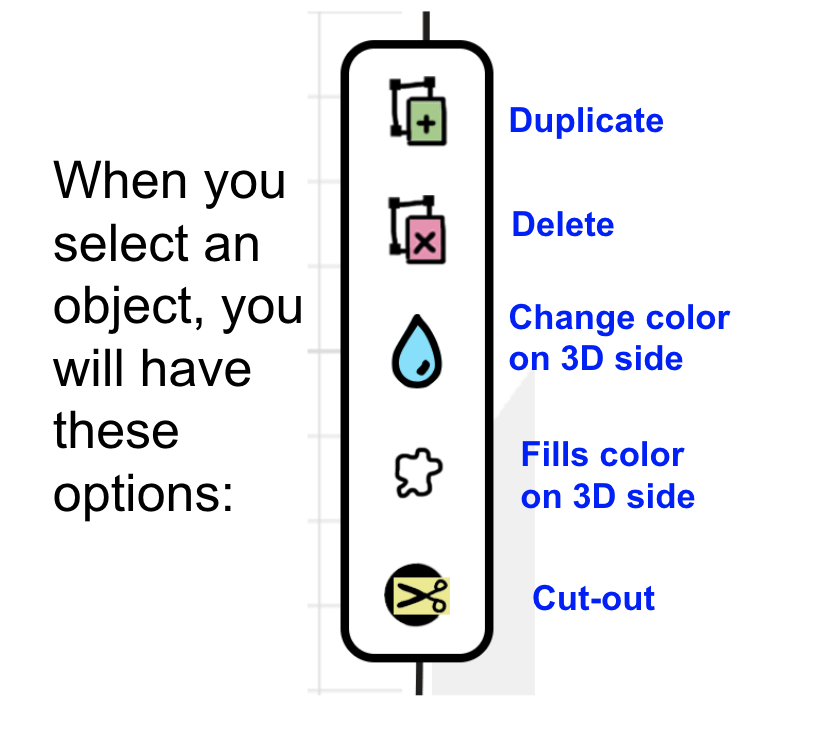
Check out this short video covering the Doodle3 Transform basics. Also, the Doodle3D YouTube Channel has 48 videos you can explore! The videos are in Dutch, but you can turn on captions in other languages.
Let’s take a look at some Doodle 3D Transform STEM-themed activities for elementary school classrooms.
Lower Elementary (Grades K-2):
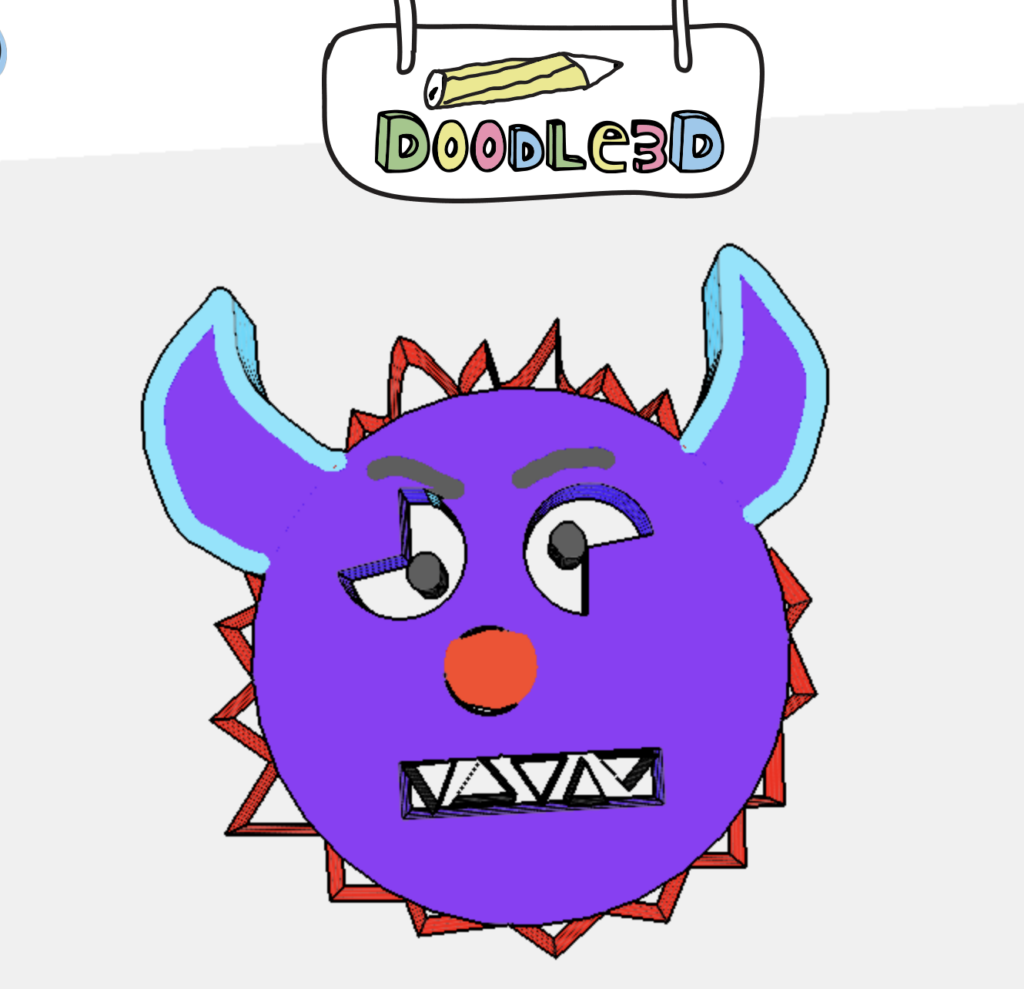
- Shape Monsters: Students can draw basic 2D shapes like circles, squares, and triangles, then convert them into 3D shapes in Doodle 3D Transform. Encourage them to add features and turn these shapes into silly monsters! This activity reinforces basic shapes and spatial reasoning while introducing 3D design concepts.
- Animal Homes: After learning about different animal habitats, students can draw 2D shapes representing these homes (e.g., a circle for a bird’s nest, a rectangle for a dog house). In Doodle 3D Transform, they can manipulate these shapes to create 3D models of the animal homes, sparking creativity and imagination.
- Playgrounds in 3D: Have students brainstorm and draw 2D shapes representing playground equipment like slides, swings, or seesaws. Using Doodle 3D Transform, they can convert these shapes into 3D models and then combine them to design a dream playground! This activity encourages creativity, spatial planning, and basic engineering principles.
Upper Elementary (Grades 3-5):
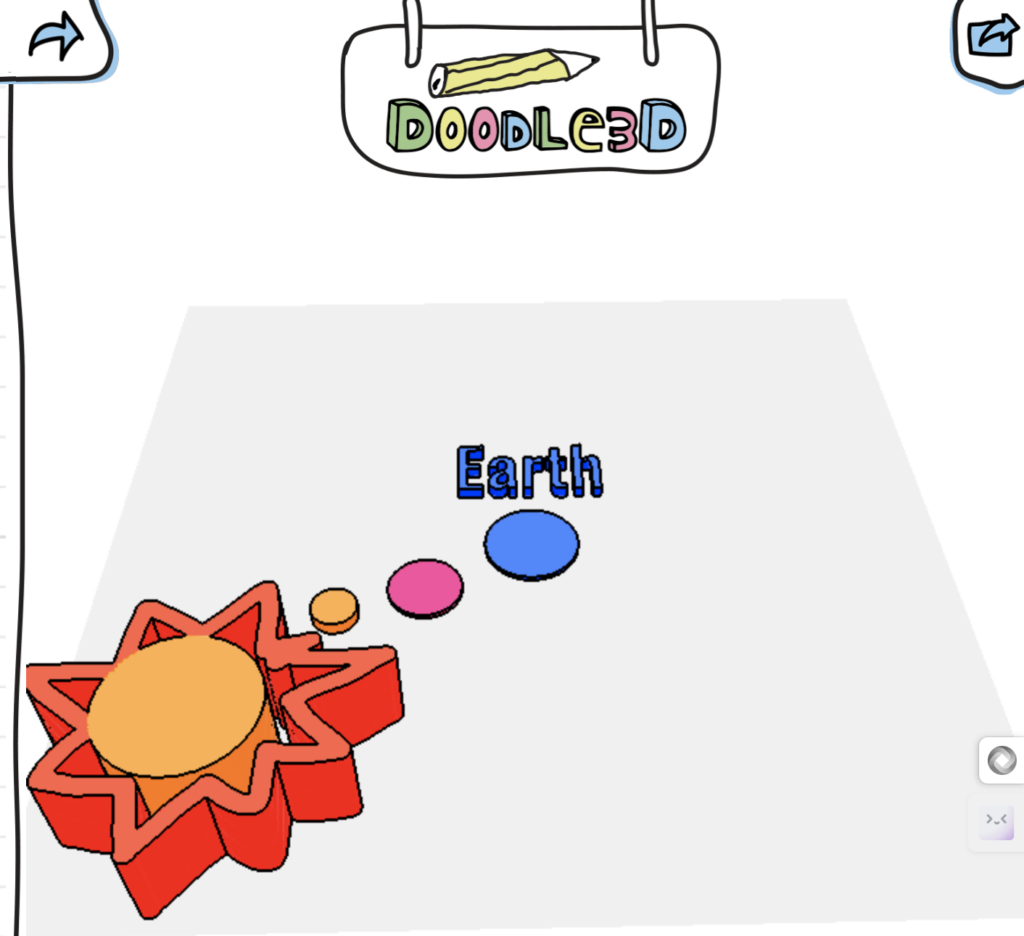
- 3D Shapes Exploration: Students can draw various 2D shapes like cubes, pyramids, cones, and cylinders. After transforming them into 3D objects in Doodle 3D Transform, challenge them to identify the shapes’ properties (faces, edges, vertices) and explore how manipulating the 2D shapes affects the resulting 3D object. This activity reinforces 3D geometry concepts in a fun and interactive way.
- Design a Bridge: After learning about bridge design principles, students can work in pairs to draw 2D shapes representing different bridge types (beam, suspension, arch). In Doodle 3D Transform, they can transform these shapes into 3D models, considering factors like support and stability. This activity encourages critical thinking, problem-solving, and introduces basic engineering concepts.
- Solar System Models: Challenge students to research the planets in our solar system and their relative sizes. Then, have them draw 2D circles representing each planet and use Doodle 3D Transform to convert them into 3D spheres. Students can arrange and size the 3D planets according to their research, creating a mini solar system model. This activity reinforces scientific knowledge, scale, and spatial reasoning.
I sure hope Doodle3D Transform makes a splash in your classroom. I would love to see your students’ creations. Make my day and send me a sample of your student’s work! My email address is preimers@tcea.org.


